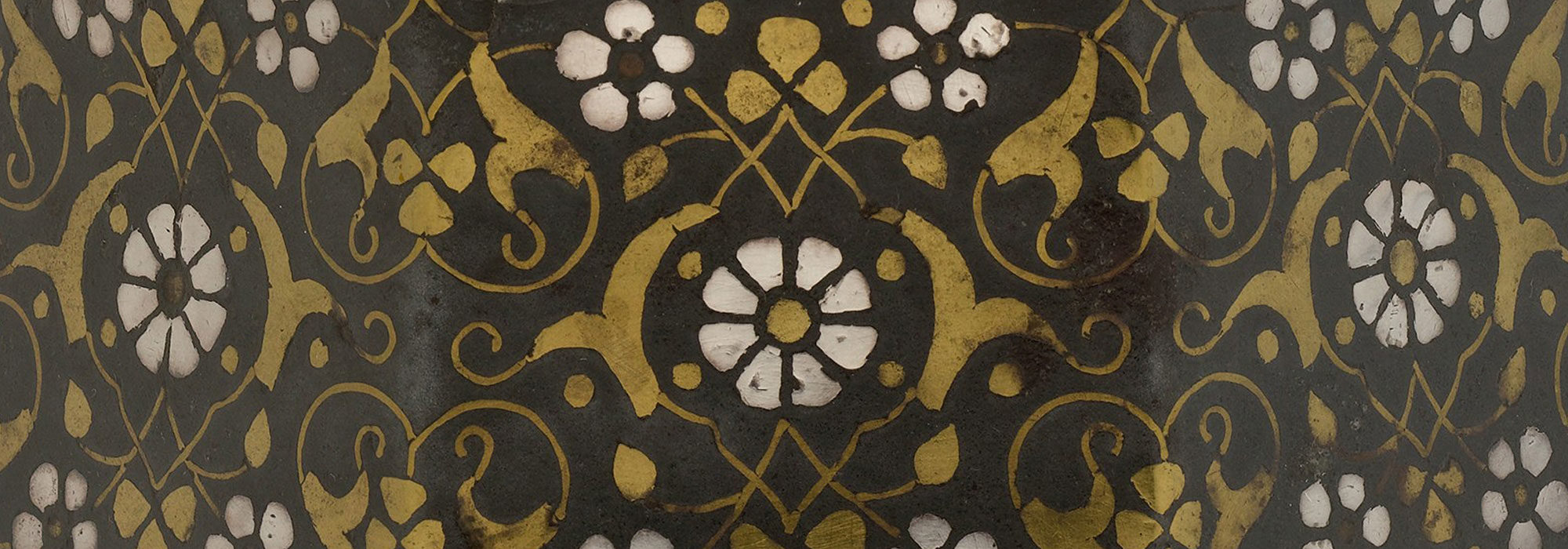The Program of Islamic Law is currently developing a suite of digital Islamic law tools to expand access to and facilitate research in the field. Courts&Canons (CnC) is a major initiative that facilitates research and insights into Islamic law and the motivating values behind it, across space and time. It will not only house information on Muslim judges, jurists, and others; but the tools accompanying ‘bits’ of data about them will be organized and stored in a way that permits social network-mapping of groups core to the formation and function of Islamic societies, geo-timelines of trends in Islamic history, and other data visualizations important to researchers and the general public seeking to better understand the field.
A research aid, the CnC Data-Entry tool will simplify the process of collecting and relating information about people, laws, places and more through a complex relational database built for specifically for this field to house key decision-makers (judges, jurists, and other historical figures) and the works they produced (cases, books, and other historical works).
A data analytics tool called CnC-Qayyim will allow researchers to conduct text analytics on Islamic sources that they own or to which they have open access. Our focus on building the tool is on the intersection between interpretive principles called Islamic legal canons and every other field of Islamic scholarship. That is, we will trace legal canons as memes across works of history, literature, biography and more, in addition to law. Through the suite of CnC tools, we aim to build and deploy a set of AI and other data science tools to facilitate new research in fields of Islamic law and Islamic studies writ large.
Together, these tools will open possibilities for answering new questions about both Islamic legal history and contemporary law, and related fields in Islamic studies more broadly, at scale and as they change over time and place. Joining scholarly texts with digital tools will, moreover, enable insights in Islamic law and history that neither jurist nor machine could arrive alone.

